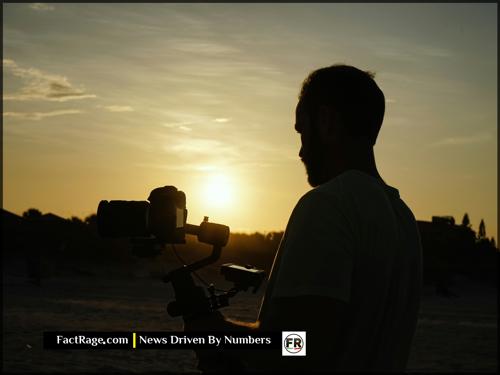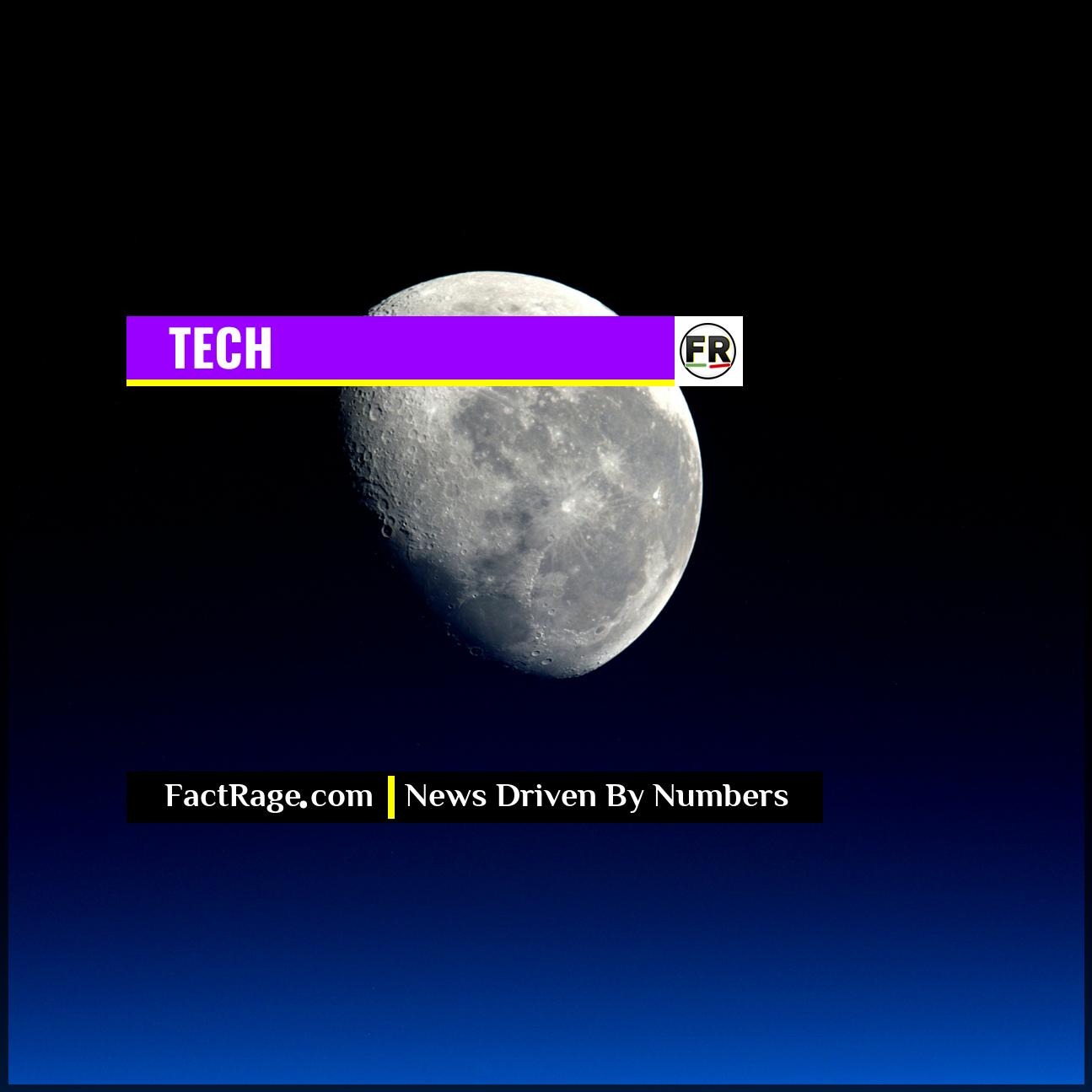FACTRAGE – The premiere of Ken Burns’s latest documentary epic, “The American Revolution,” has once again turned a historical event into a national television event, prompting widespread discussion about both the nation’s founding and the filmmaker’s unique brand of storytelling.
- A Major Television Event – The multi-part series, broadcast on PBS, delves into the complexities of America’s founding war, representing one of the most significant documentary releases of the year.
- The ‘Ken Burns Effect’ – The film utilizes Burns’s signature style, including the pan-and-scan technique on still images (now named for him), evocative narration, and primary source readings, a formula that continues to resonate with mass audiences.
- Cultural Timing – The series arrives amidst ongoing national debates about American history and identity, making its narrative choices on topics like slavery and the roles of women and Native Americans particularly relevant.
The release is more than a simple history lesson; it’s a cultural touchstone that raises important questions about how America tells its own story and why Burns remains the nation’s most trusted narrator.
Decoding the National Narrative
![]() In today’s fractured media world, a new Ken Burns documentary is one of the few remaining monoculture events. His series on the American Revolution arrives as more than just a historical retelling; it’s a cultural Rorschach test for a nation grappling with its own origin story. The power isn’t just in the famous pan-and-scan ‘effect,’ but in how the filmmaker packages a complex, often contradictory past for a modern audience hungry for a shared story.
In today’s fractured media world, a new Ken Burns documentary is one of the few remaining monoculture events. His series on the American Revolution arrives as more than just a historical retelling; it’s a cultural Rorschach test for a nation grappling with its own origin story. The power isn’t just in the famous pan-and-scan ‘effect,’ but in how the filmmaker packages a complex, often contradictory past for a modern audience hungry for a shared story.
Read On…
Here, we’ll break down why the Burns formula remains so potent and what his narrative choices reveal about our current cultural moment.
What Makes the ‘Ken Burns Effect’ So Powerful?

For decades, the “Ken Burns effect” has been a descriptor for a specific and influential style of documentary filmmaking. The term itself refers to the slow, deliberate panning and zooming across static photographs, a technique used to breathe life and motion into historical archives. Coupled with somber musical scores, authoritative yet gentle narration, and the voices of actors reading letters and diaries from the period, the style creates an emotional and immersive experience.
This approach transforms historical documents from dusty artifacts into compelling human drama. The result is a product that feels both educational and deeply personal, allowing viewers to connect with historical figures on an emotional level. While some academic historians critique this method for potentially oversimplifying complex events or creating a single, dominant narrative, its popular appeal is undeniable. Millions of viewers see Burns as a definitive source, a testament to the power of his storytelling craft. What is it about this familiar format that provides comfort and authority in a fragmented media landscape?
How Does the Film Navigate a Contested History?
Telling the story of the American Revolution in the 21st century is a complex task. The traditional narrative of heroic founders fighting for liberty has been challenged and expanded by decades of scholarship that highlight the deep contradictions of a freedom struggle in a slave-owning society. Modern historical inquiry also focuses more on the roles of women, Native Americans, and ordinary soldiers, whose stories were often left out of older accounts.
“The American Revolution” appears to engage directly with these complexities. The series devotes significant time to the perspectives of enslaved people who sought freedom by fighting for the British, the diplomatic and military struggles of Native American confederacies caught between warring powers, and the crucial contributions of women on the home front and in battle camps. By including a diverse chorus of historical voices and scholarly experts, the documentary attempts to present a more comprehensive, and at times uncomfortable, version of the nation’s birth. The central question for many viewers is how successfully the series balances the celebrated ideals of the revolution with its complicated realities.
Why Does a Burns Documentary Still Feel Like a National Event?
In an era of endless streaming choices and polarized news sources, the premiere of a Ken Burns documentary on PBS is a rare event: a shared cultural experience. Part of the appeal lies in the reputation of both the filmmaker and the public broadcaster as trustworthy and non-partisan. At a time of deep national division, many Americans seemingly crave a common story—a shared text from which to debate and understand their collective past.
The documentary serves as a platform for this conversation. Its release has spurred countless articles, social media discussions, and family debates about the meaning of the revolution and its legacy today. Whether it reinforces existing beliefs or challenges them, the series acts as a cultural mirror, reflecting the country’s ongoing struggle with its own history and identity. It reaffirms that understanding the past is not a settled issue, but a continuous and vital process of national self-examination.
The Zeitgeist in Sepia Tone
![]() Ultimately, “The American Revolution” serves as a powerful cultural barometer, measuring our contemporary anxieties and aspirations against the nation’s founding narrative. The enduring appeal of the ‘Ken Burns effect’ isn’t just about masterful filmmaking; it’s about the deep-seated desire for a shared cultural campfire in a fragmented digital age. Whether audiences agree with its interpretations or not, the series’ true impact lies in its ability to spark a national conversation, proving that the business of remembering is as vital as ever.
Ultimately, “The American Revolution” serves as a powerful cultural barometer, measuring our contemporary anxieties and aspirations against the nation’s founding narrative. The enduring appeal of the ‘Ken Burns effect’ isn’t just about masterful filmmaking; it’s about the deep-seated desire for a shared cultural campfire in a fragmented digital age. Whether audiences agree with its interpretations or not, the series’ true impact lies in its ability to spark a national conversation, proving that the business of remembering is as vital as ever.














